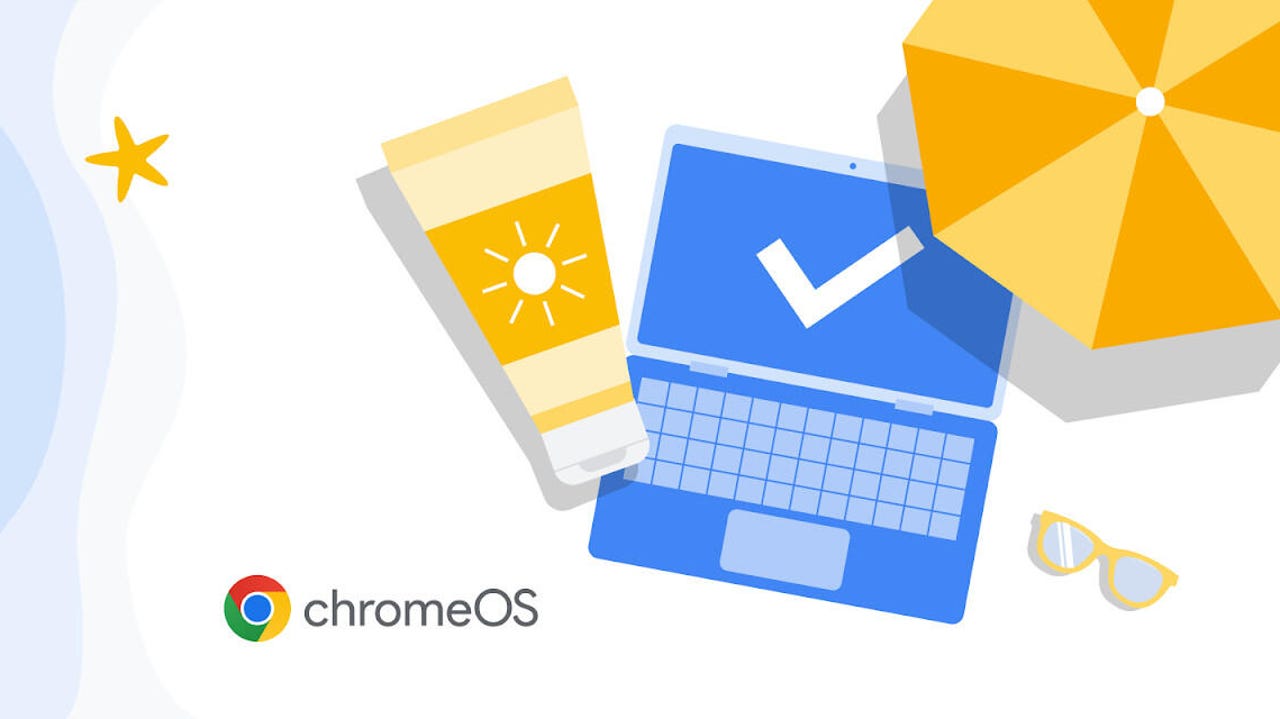'ZDNET Recommends': What exactly does it mean?
ZDNET's recommendations are based on many hours of testing, research, and comparison shopping. We gather data from the best available sources, including vendor and retailer listings as well as other relevant and independent reviews sites. And we pore over customer reviews to find out what matters to real people who already own and use the products and services we’re assessing.
When you click through from our site to a retailer and buy a product or service, we may earn affiliate commissions. This helps support our work, but does not affect what we cover or how, and it does not affect the price you pay. Neither ZDNET nor the author are compensated for these independent reviews. Indeed, we follow strict guidelines that ensure our editorial content is never influenced by advertisers.
ZDNET's editorial team writes on behalf of you, our reader. Our goal is to deliver the most accurate information and the most knowledgeable advice possible in order to help you make smarter buying decisions on tech gear and a wide array of products and services. Our editors thoroughly review and fact-check every article to ensure that our content meets the highest standards. If we have made an error or published misleading information, we will correct or clarify the article. If you see inaccuracies in our content, please report the mistake via this form.
Google ChromeOS Flex stable release breathes new life to enterprise laptops


I have a dusty, old Dell computer. It used to run Windows 7. I could have "upgraded" it to Windows 8.x, but that was never an "upgrade" in my book. Today, though, I can bring it safely back to a productive life with Google's beta-tested and officially stable ChromeOS Flex.
ZDNET Recommends
Just like Chromebooks, this uses Chrome OS, the cloud-centric, easy-to-manage, and fast operating system. With it, your once out-of-date PCs and Macs can get a new lease on life.
If that sounds familiar, well, it should. ChromeOS Flex traces its ancestry to Neverware, a company that took ChromeOS's open-source foundation, ChromiumOS, and turned it into an easy-to-use operating system, CloudReady. It enabled you to squeeze extra life out of old Windows PCs and Macs. Google brought Neverware in late 2020. Today, we have the results.
You can't run ChromeOS Flex on really old computers. Google provides a list of approved 400 machines. The rule of thumb for what can and can't run ChromeOS Flex is it must have at least:
- Architecture: Intel or AMD x86-64-bit compatible device
- RAM: 4 GB
- Internal storage: 16 GB
- Bootable from a USB drive
- BIOS: Full administrator access. You'll need to boot from the Chrome OS Flex USB installer and make some adjustments in the BIOS if you run into issues.
- Processor and graphics: Components made before 2010 might cause poor experience.
- Note: Intel GMA 500, 600, 3600, and 3650 graphics hardware do not meet Chrome OS Flex performance standards.
Why do this? Well, besides letting you get years more work out of your old hardware, Google claims ChromeOS Flex gives you:
- Proactive security: ChromeOS Flex provides much-needed protection from threats such as ransomware, malware, and employee error.
- Easy deployment and management: ChromeOS Flex can rapidly deploy via USB or your company network. With Chrome Enterprise Upgrade, you can manage apps and policies from anywhere, even the beach.
- Fast, modern work experiences: Devices don't slow down. Background updates reduce device downtime and improve productivity.
Google also asserts that ChromeOS Flex is good not just for you and your business but for the planet as well. How? By using less power. On average, 19% less energy than other devices. Using ChromeOS Flex also helps by cutting back on the 40 million tons of e-waste generated yearly. What does that mean in real-life terms? Today, we're throwing away 800 laptops per second. Considering the expense of new PCs and Macs, that's an insane waste of hardware.
Besides using this on standalone machines in your home or small business offices, ChromeOS Flex can be used in large businesses by using Chrome Enterprise Upgrade.
With your devices running ChromeOS Flex and ready to go, you may also want a solution to manage them easily. You can enroll your devices with Chrome Enterprise Upgrade to manage them via the Google Admin console. To see if this works for you, there's a 30-day free trial for up to 50 ChromeOS Flex machines.
Is it worth it? Personally, I think it's a no-brainer. With ChromeOS Flex, you can take PCs that gave up the ghost with Windows XP or Macs from all the way back in 2009 and make them useful again.
Now, of course, you could use desktop Linux instead. I do. But Linux is harder to use, and installing it on older systems can be tricky.
Like ChromeOS, ChromeOS Flex can be used by anyone who can run a web browser. Installing it is simple. It's also far more secure than macOS or Windows. What's not to like? Give it a try.
See also